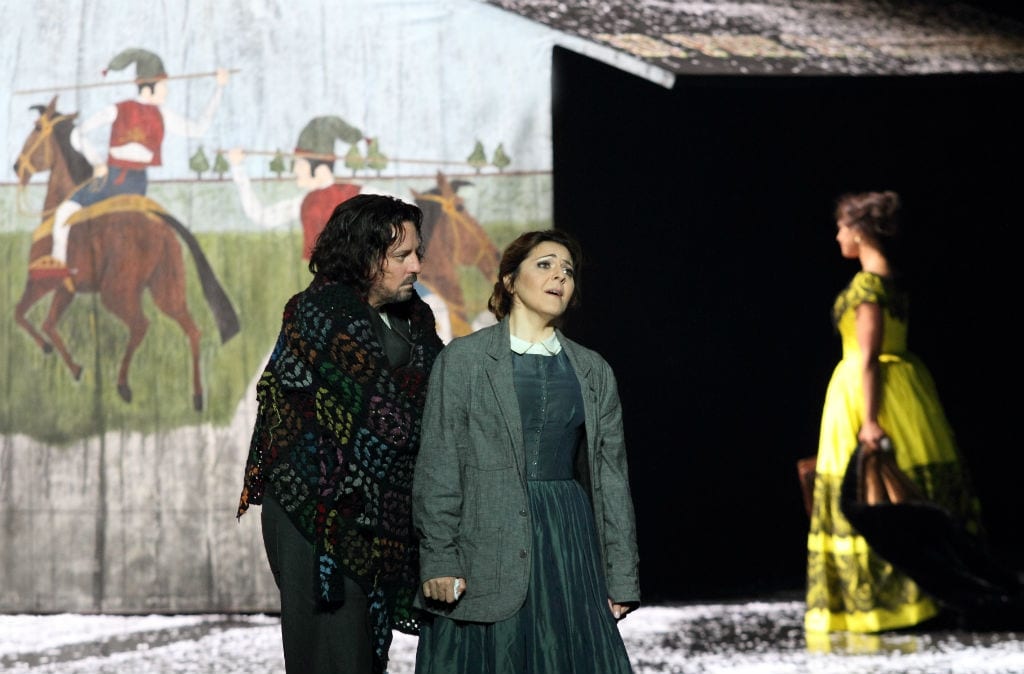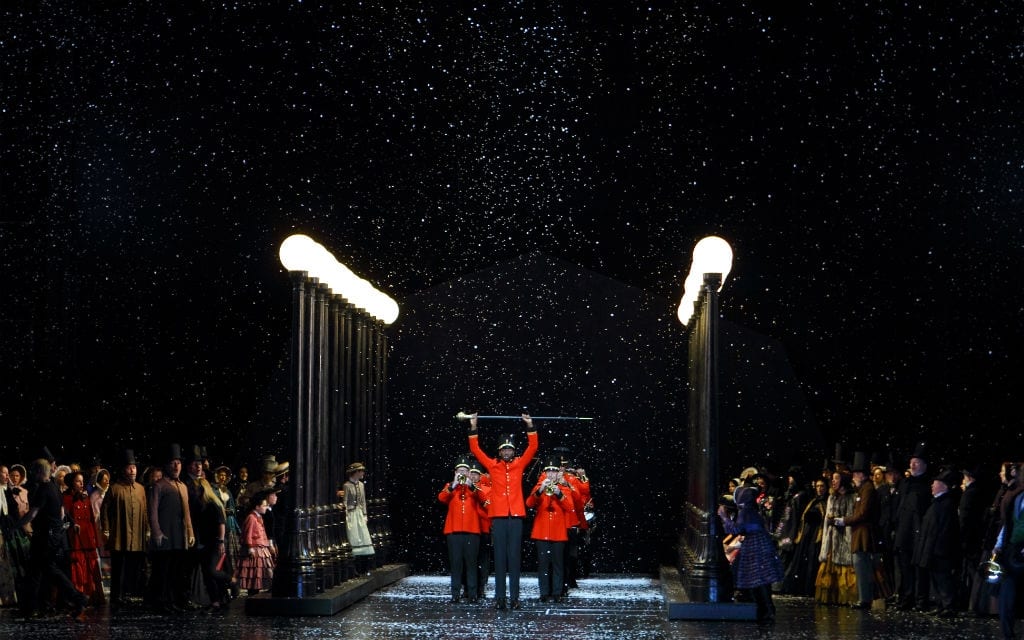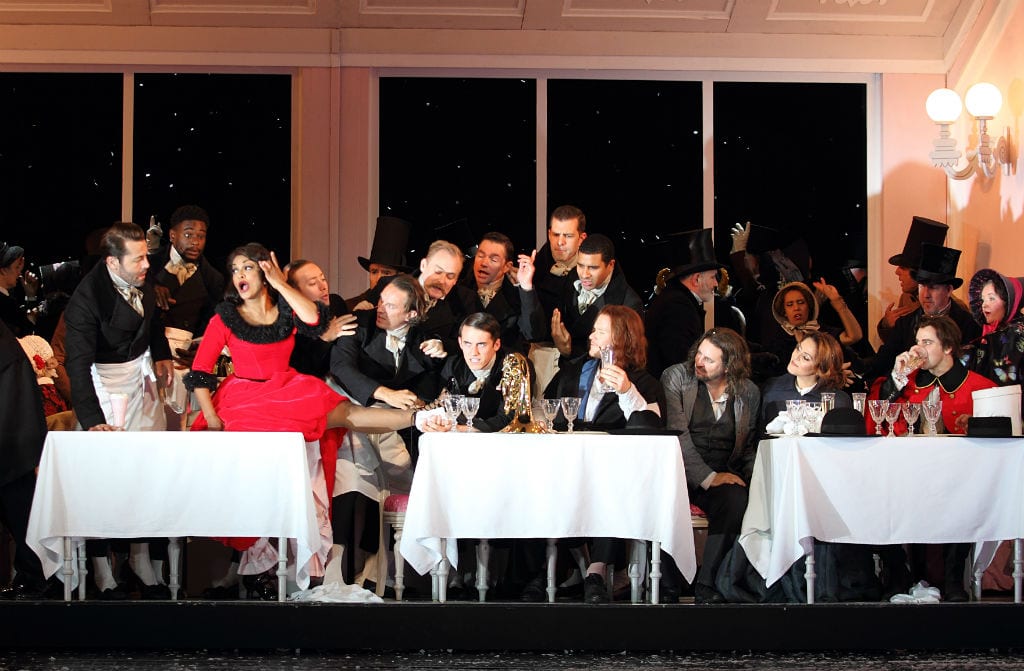More than a century after it was first premiered in 1896, La Bohème remains a timeless ode to love. Written by Giacomo Puccini who was crowned by music scholars as ‘the greatest composer of Italian opera after Verdi’, the four-act opera tells the tale of love and friendship among a group of Parisian bohemians suffering from poverty. Poet Rodolfo and seamstress Mimi fall in love with each other when Mimi asks for a light for her candle from Rodolfo on a bitterly cold Christmas Eve. Though penurious, Rodolfo buys Mimi a pink bonnet. As they join Rodolfo’s bohemian friends in a café for dinner, the sultry Musetta enters and makes a scene as she attempts to seduce her former lover Marcello and get rid of the old councillor of state, Alcindoro. The passion between Musetta and Marcello is rekindled after Musetta lures the love-sick Alcindoro away to fix her shoe. Nonetheless, a month or two later Rodolfo decides to leave the gravely-ill Mimi so that she can marry someone rich enough to cure her. Simultaneously, Marcello sends Musetta away for flirting with another man. In their separation, none of the lovers is able to fall out of love. One night, Musetta storms into the bohemians’ lodging and announces that Mimi has left her viscount and is fatally ill. While their friends hurry away to get medicine, Rodolfo and Mimi reunite and recall their first encounter. Upon hearing Rodolfo’s proclamation of love for her, Mimi sleeps blissfully but never wakes again.

Simple the plot may seem and distant the story may be from the contemporary era, but the Royal Opera’s rendition does not fail to mesmerise with a ravishing lyricism that gives life to the different characters. The explosive metaphors of the passionate poet, the rich imaginations of the gentle seamstress, the desperate yet laughable pleas of the seductive Musetta, all come together in Giacosa and Illica’s lyrics and Puccini’s music to weave a Christmas tale about humanity that appeals to a contemporary audience that still shares the same joys of love and grapple with the vicissitudes of fate.
Nevertheless, the story and music only contribute half of the production’s success. The star-studded international cast’s captivating singing and acting further capture the innate turmoil and cheekiness of the lovable characters. The role of Rodolfo the poet, in particular, is demanding owing to the character’s volatile temperament and the abstract imagination of his poetry. Yet Atalla Ayan portrays Rodolfo vividly with the skilled control of his voice, including delicate high notes that reveal a softer side to the poet and the soulful lamentation that expresses the poignancy of lover in desperation.
The clever transition of scenes is another highlight of the production. Not only are the props and sets—the glowing lamp posts, the Christmas shops, the regal café and the snow—beautifully crafted, but the set of the Latin Quarter provides for an actual door at the café for the actresses and actors to pass through as the café set is wheeled out on to the centre stage to start the next scene. The design of each set is thoroughly thought-through. For instance, the wooden joists’ shadows in the Latin Quarter attic foreground the destitution of the bohemians in a materialistic Paris symbolised by the ornate shops in the Latin Quarter. The bohemians’ decoration of their empty attic with nude female figures, on one hand, highlights their innate rather than materialistic wealth, and on the other adds a daring, humorous and contemporary quality to a classic production.

The Royal Opera’s La bohème is a captivating and refreshing revival of the age-old tragedy. While the story is a celebration of intricate emotions and universal human experiences that connect the modern audience to the nineteenth-century, the cast’s splendid performance and the superb stage design are a testimony to great art, and perhaps are the reason why the opera is still a much-loved work of art today.

